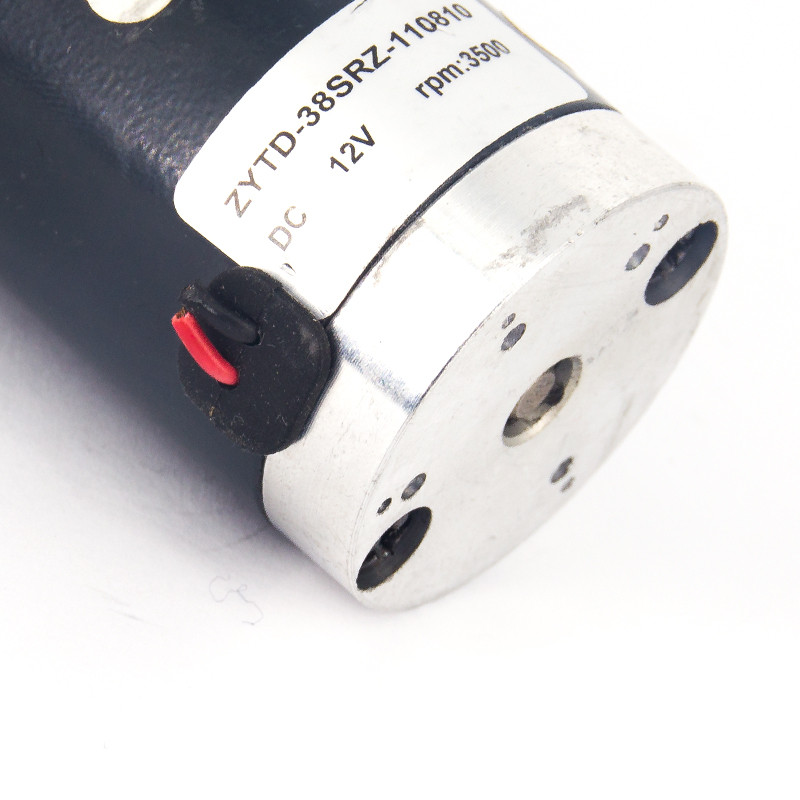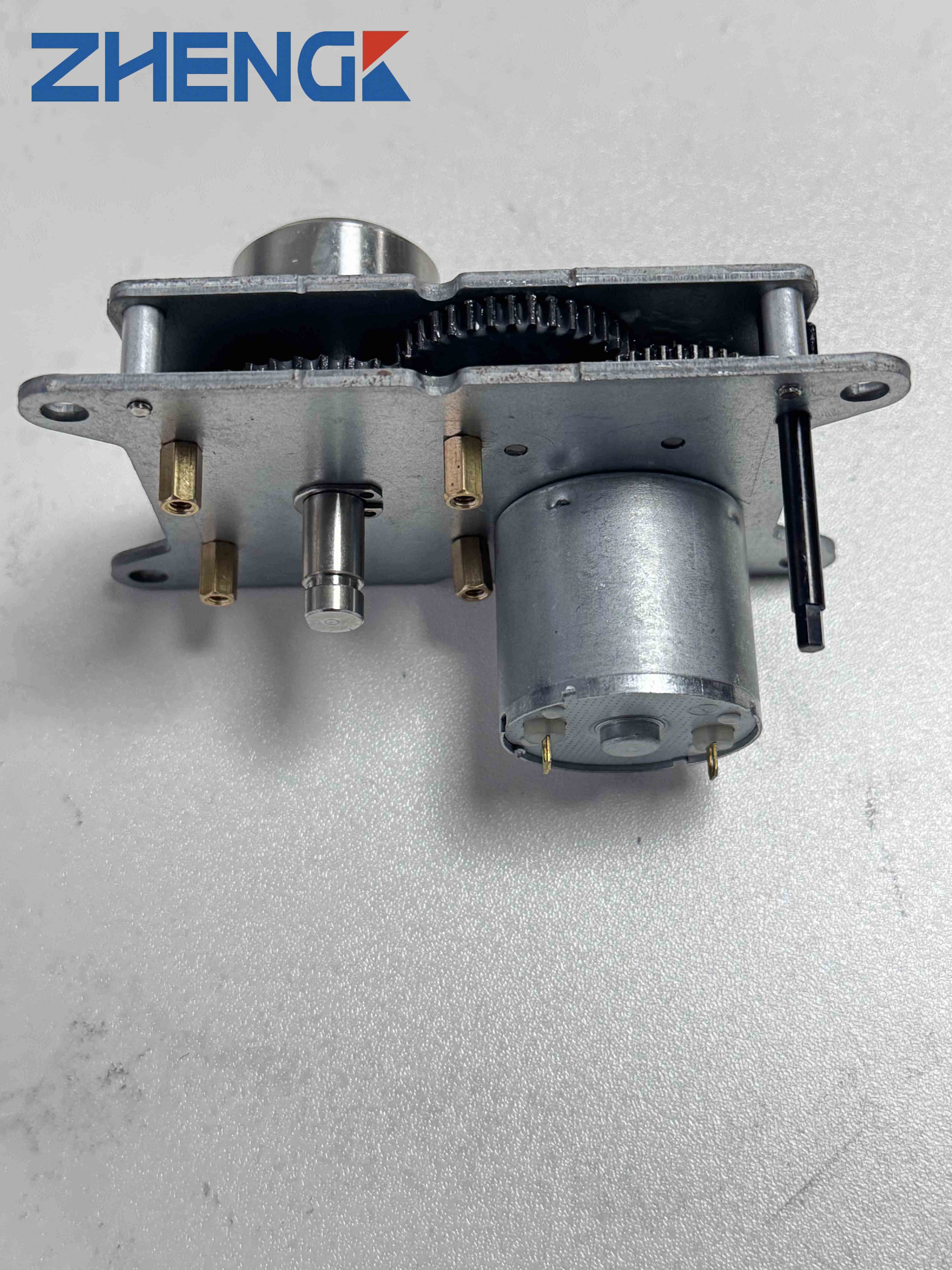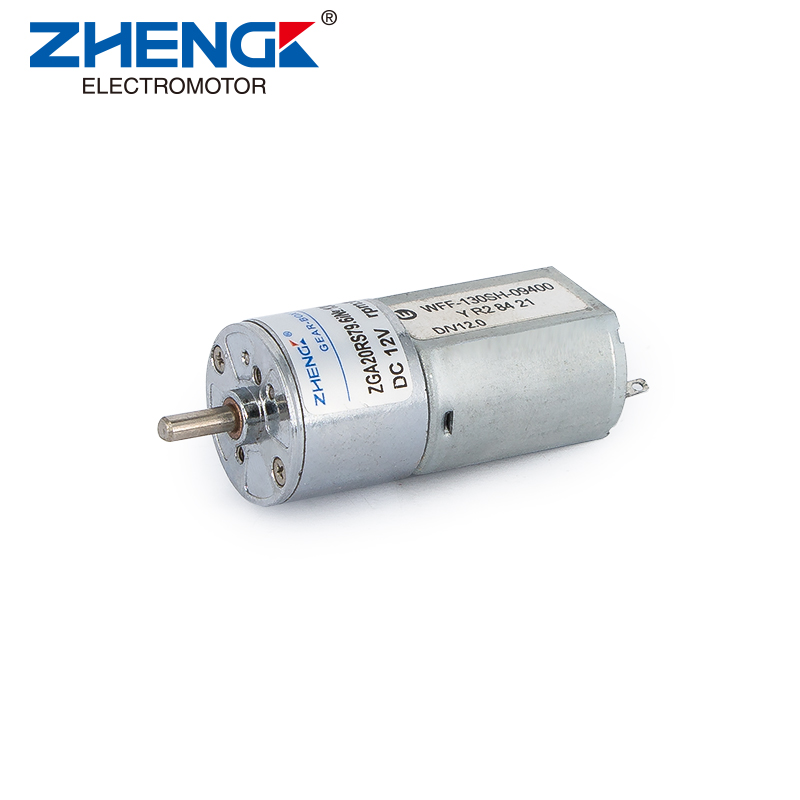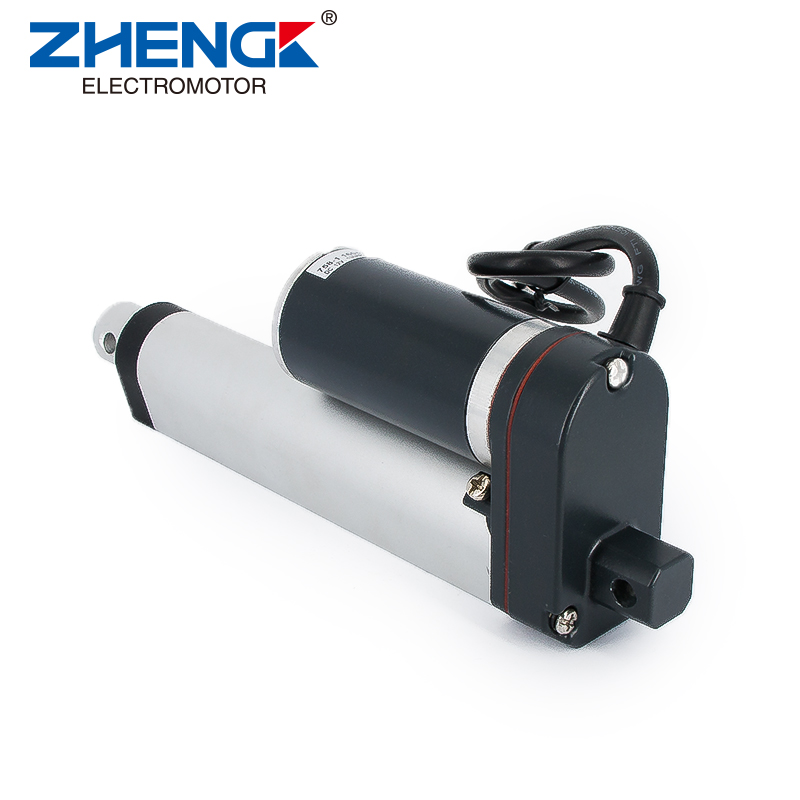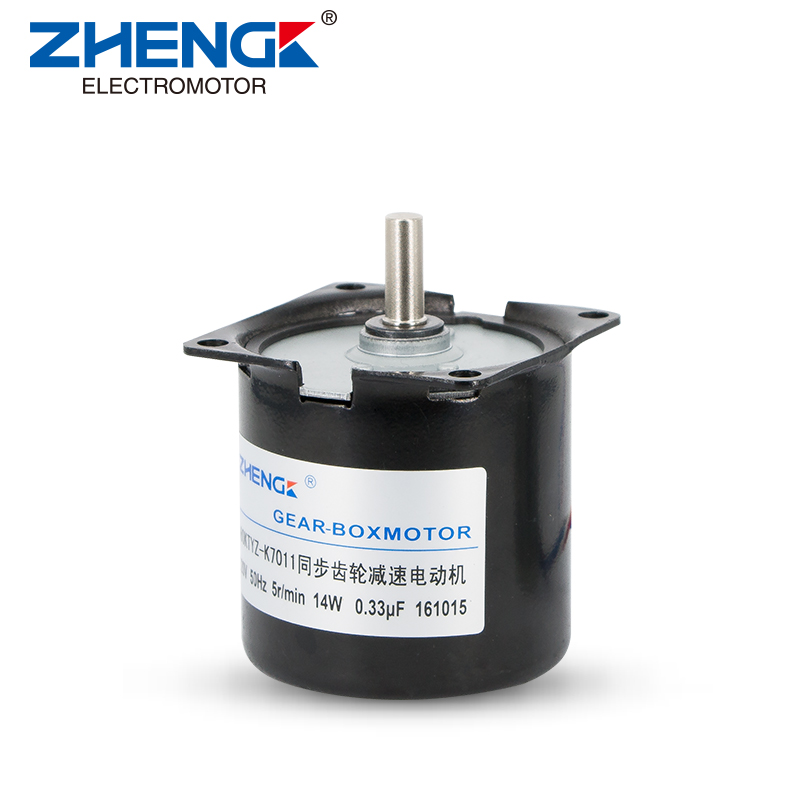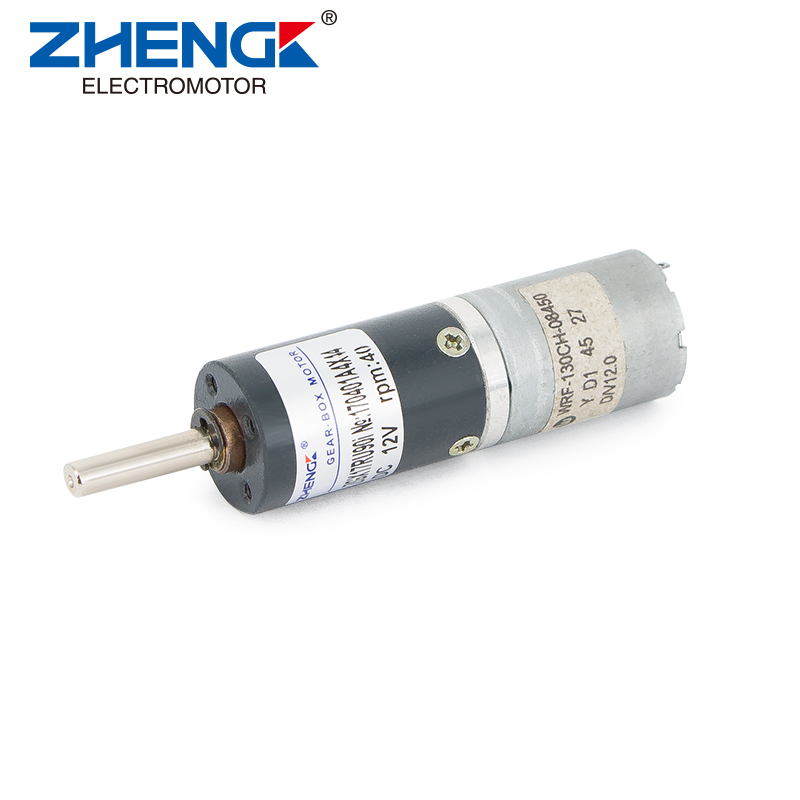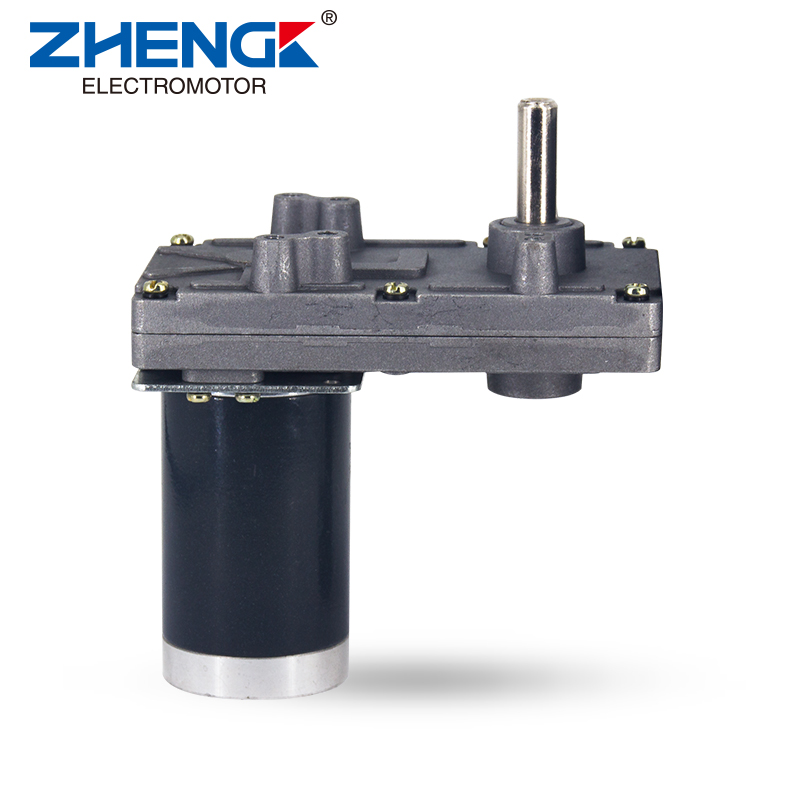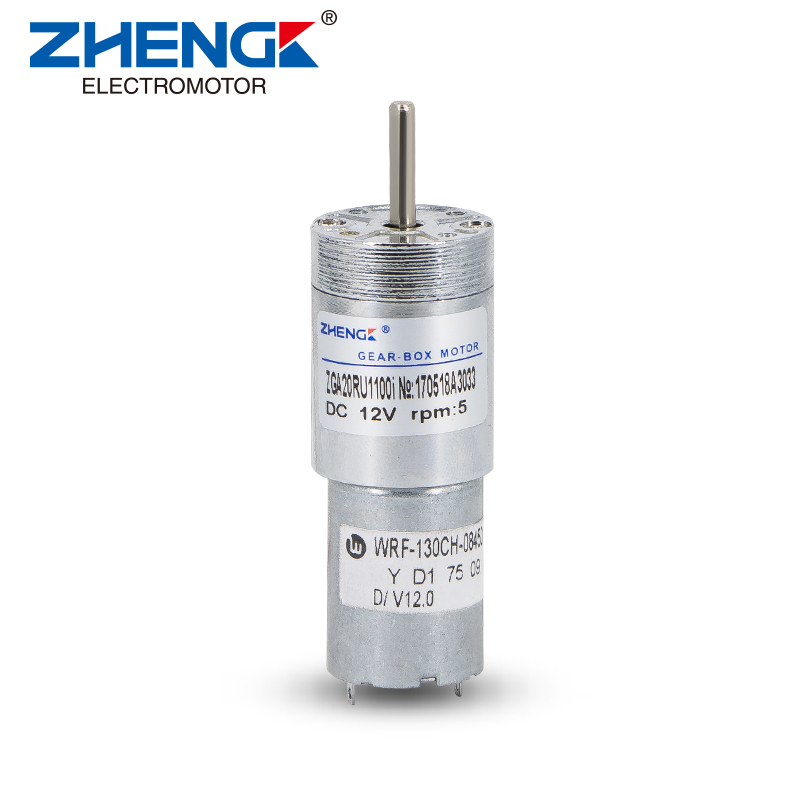Precautions for use of DC brushed motors
Before using a DC brush motor, please understand the following precautions to ensure safety in use and production stability.
1. Please conduct the following hazardous tests on the equipment and take safety measures by installing safety devices such as fuses and protective circuits.
① When the motor is approaching the end of its service life or in fault mode, short-circuiting between the slots of the rectifier and between the brushes and the frame casing may occur. In this case, a short-circuit current will flow into the power supply circuit of the equipment;
② If the motor is continuously kept in the locked state or overloaded state, its localization will heat up and burn out;
2. Avoid using and storing the brush motor in an environment with corrosive gases (H2S, SO2, NO2, CL2, etc.) or hazardous gases, or in a place where hazardous gases (especially silicone, cyanide, or carbolic acid) are present. Take special care to avoid the presence of these substances in the equipment, as this may cause the motor to malfunction or stop operation.
3. The length of the screws used to mount the motor to the equipment should be in accordance with the specified length. If the specified length is exceeded, the motor may not rotate or other malfunctions may occur. The length of the screws is recorded on the motor appearance dimension drawing in the specification. If the mounting surface of the equipment is skewed, the motor may malfunction, so be sure to check the levelness of the mounting surface of the equipment.
4. Avoid connecting resistors in series to the motor as much as possible, otherwise performance may be affected. If the series connection is necessary, please set the resistance as small as possible and conduct sufficient reliability tests beforehand.
5. Do not disassemble the motor or subject it to shock, as this may damage the inner surface of the bearings.
6. If fans, turntables, pulleys, etc., which have a large moment of inertia, are attached directly to the output shaft of the motor, the characteristics and reliability of the motor may be degraded, so please perform tests in the mounted condition beforehand.
In addition, before using a DC Brush Motor, there are other things to check with the equipment, such as service life, electrical noise, mechanical noise, vibration, resistance to static interference, resistance to power supply interference, the electrical resonance of circuits, and motors, the mechanical resonance of equipment and motors, malfunctioning of machines due to motor interference, malfunctioning due to high electric fields and high magnetism, damage caused by lightning surges, and grounding methods. Using brushlessDC motors in strict accordance with the instruction manual can reduce the risk of failure in use and maintain production stability.
